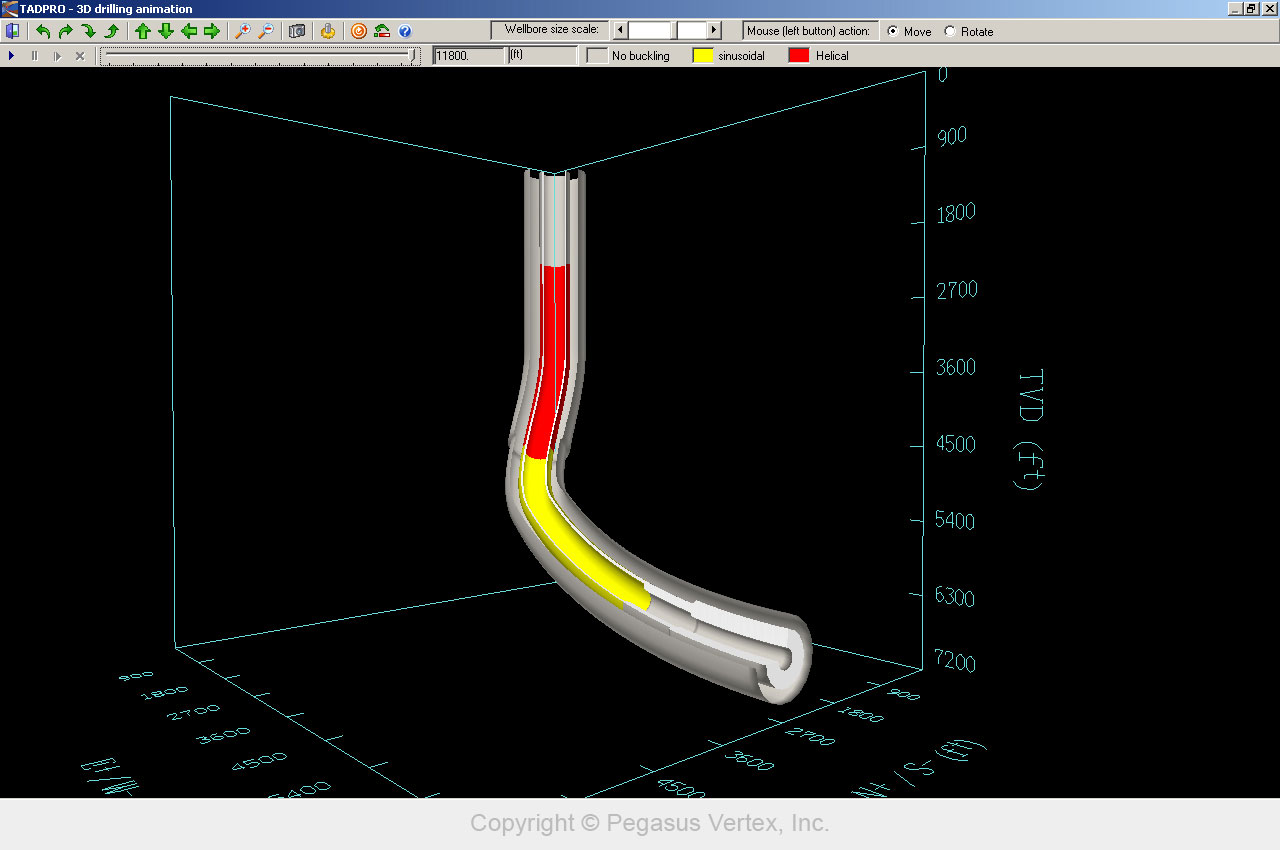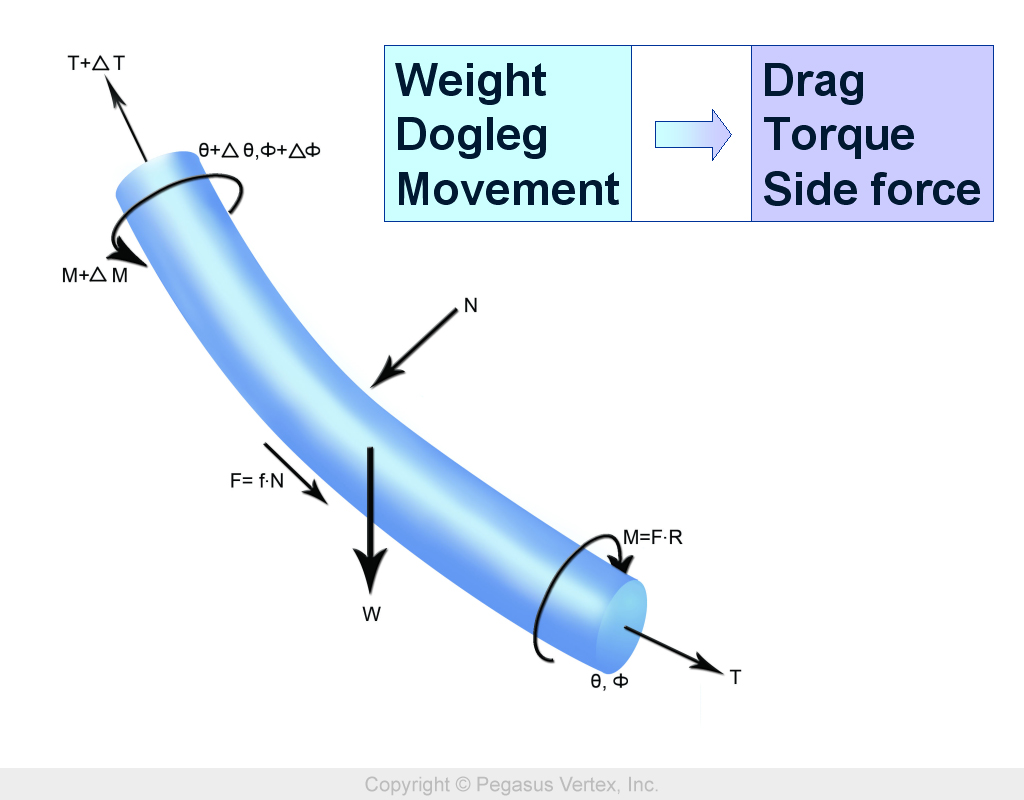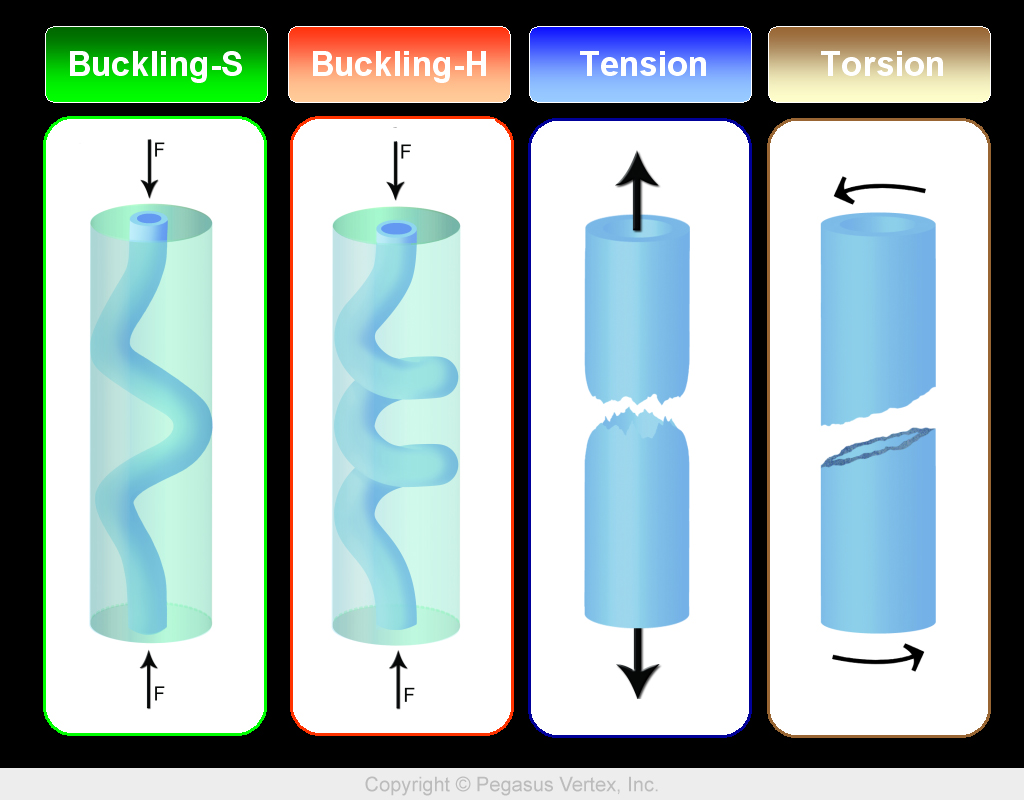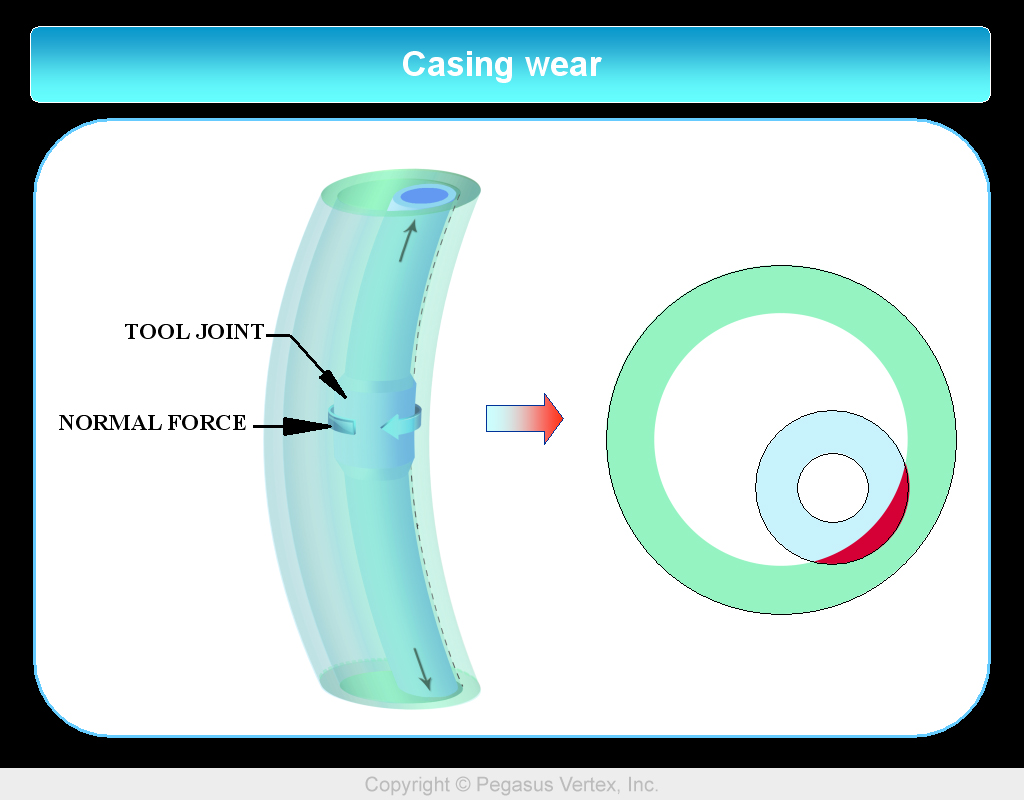No matter how unpredictable the weather is, drilling software can predict downhole conditions.
One would never think that Denver in May requires a winter coat. That was my judgment before I came here to teach a drilling software course. I did briefly check the weather website and I saw 70 °F. So I assumed a warm spring in the mile-high city. Upon my arrival on April 30th, I became aware that snow was coming and I felt the temperature dropping as evening was coming. I did not bring any jacket. I went to the stores along the street but could not find any coat. See, even the stores thought the winter is over. I finally bought a winter coat in a souvenir store: after all, it is better to spend money on cloth than cold medicine. Surely enough, the snow came as predicted during the night. Here is the picture of downtown Denver on May 1st, 2013.
Modern technology, particularly computers and weather satellites, and the availability of data provided by coordinated meteorological observing networks, has resulted in enormous improvements in the accuracy of weather forecasting, despite of people’s intuition. To better prepare our daily life, we do need to pay attention to the hard-to-understand red/green/yellow images on TV.
Snowflakes danced outside the window all day long as I taught 7 drilling engineers from the Rocky Mountain region the HYDPRO software (drilling hydraulic model).
Drilling software, in a sense, is much like weather forecasting for an upcoming drilling operation. With planned well path trajectory and proposed operation parameters, engineering software can pinpoint potential problems and make necessary adjustments on operation. The potential economic benefits of accurate drilling engineering modeling are immense. For example, drillpipe or casing buckling is always a concern during drilling and casing running operations. TADPRO (torque and drag model) predicts the locations of different buckling modes. The following screen shot from TADPRO shows the sinusoidal and helical buckling sections along a drillpipe.
Generally speaking, sinusoidal buckling can be tolerated, while helical buckling should be avoided, because helically buckled pipe creates additional drag, which could lead to “lock up” situation.
It is often quoted: Everyone talks about the weather, but no one does anything about it. We cannot change the weather except predict it. In other words, we react to the prediction. However, drilling software like TADPRO can alert engineers the potential downhole problems prior to the operation so necessary measures can be taken to prevent it. This improves safety, saves time and money, and reduces risks.
We use weather forecasting to plan our daily activities. Similarly, drilling professionals should use drilling software to do well planning. The future belongs to people who can predict and prepare for it.





